Nine Sacred mountains in China are considered to be a spiritual symbol and five of them regard the adherents of the four Taoism and Buddhism.
Both groups of mountains since ancient times are a place of mass pilgrimage of believers, the word "pilgrimage" in the Chinese language are formed by the expression "to give a sacred mountain tribute."
In recent decades, the Sacred mountains of China are gaining popularity and as objects of tourism.

MOUNTAINS OF DAO
Taoism is common in China the ancient philosophical and religious teachings, "the way things are", who preach the subordination of all things in the world of universal and absolute law, or Tao. The emergence of Daoism scholars refer to V-III centuries BC Taoism has never been the official religion in China, however, has very many followers among ordinary Chinese.
Desity revere the sacred five mountains, forming on the map a kind of cross, the ends of which are oriented to the cardinal. In the East, in Shandong province, is mount tai Shan, the "Central Great mountain" that is considered the most sacred.
Mountain No. 1. According to legend, all five sacred Taoist mountains emerged from the head, feet and hands of the pan GU the first man on Earth. Mount tai Shan (Taishan, hội ngân Shān or Mount Tai), according to dacity, originated from the head of pan-GU, and therefore is "home". With living gods, according to tradition, often talked up on the mountain of the great Chinese emperors. Mount tai Shan height 1545м, is still revered as a symbol of rebirth and renewal, and tourists like to watch from this mountain of rare beauty of the sunrise. The lift can rise to the top of the mountain and visit the Taoist temple, which is about 3000 years old.
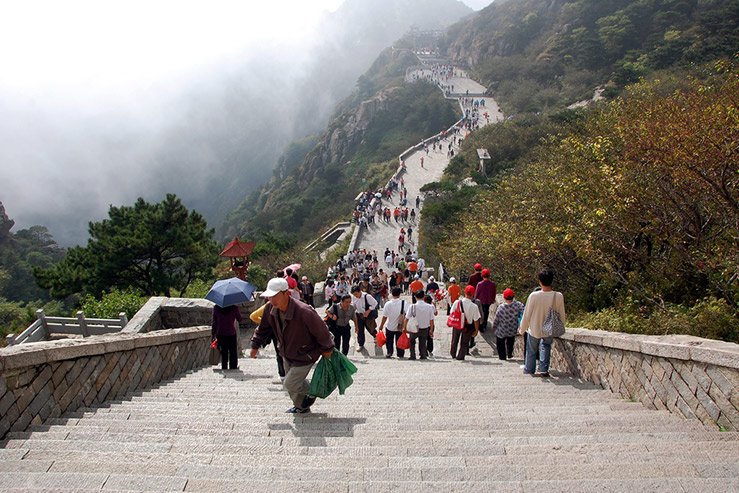
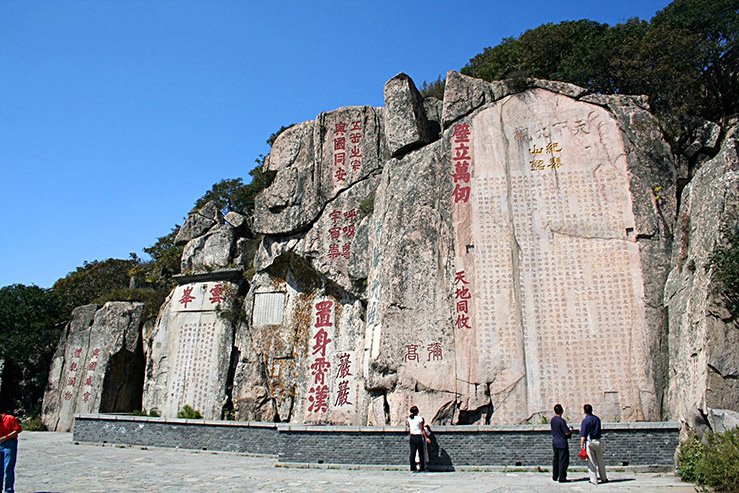
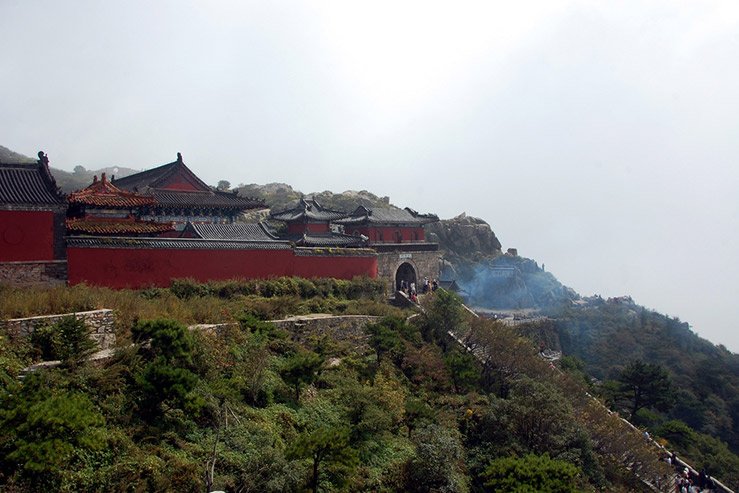
Mountain No. 2. And in the geographical center of the conditional cross is the mountain of sung Shan (Songshan, Sōng Shān or Mount Song) in height 1494м, famous because there is the famous Shaolin temple – the cradle of Chinese martial arts, other Taoist monasteries and ancient astronomical Observatory.
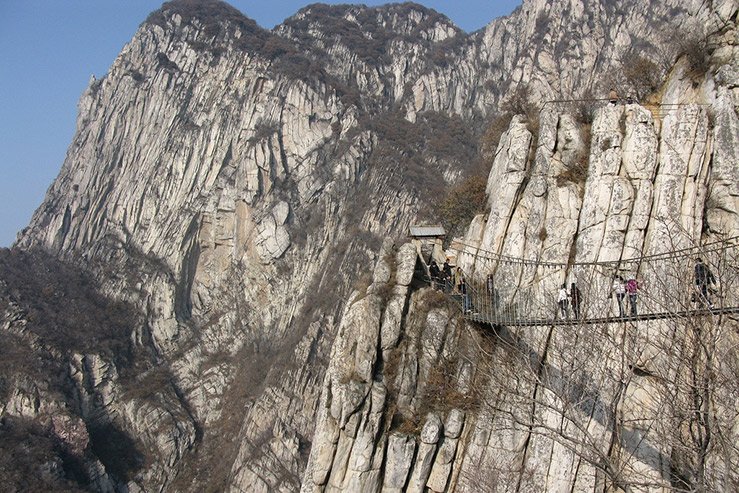
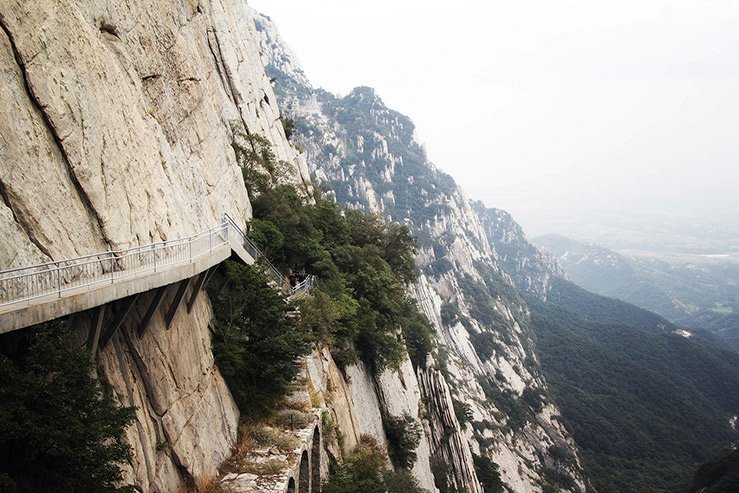

Mountain number 3. Located in the North of cross mountain, Heng Shan (Heng, Héng Shān or Mount Heng) height 2017м unique famous hanging monastery Swanson-Sy. The monastery, built in 491 year on abutting steep cliffs wooden piles, considered a national monument of China. Located in Shanxi province.

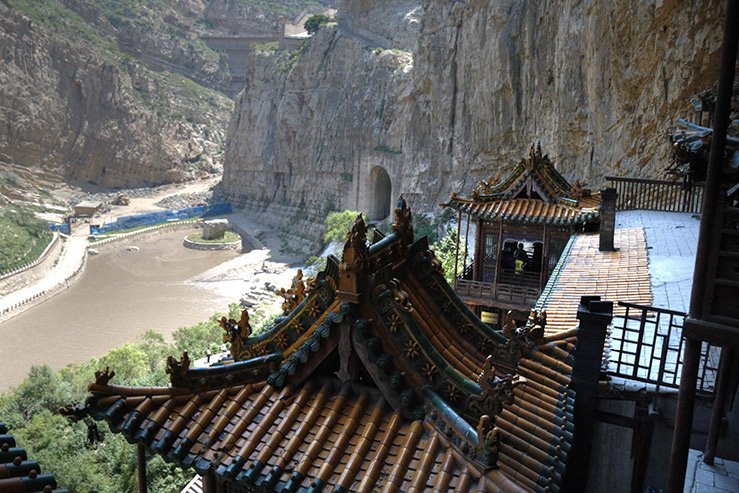
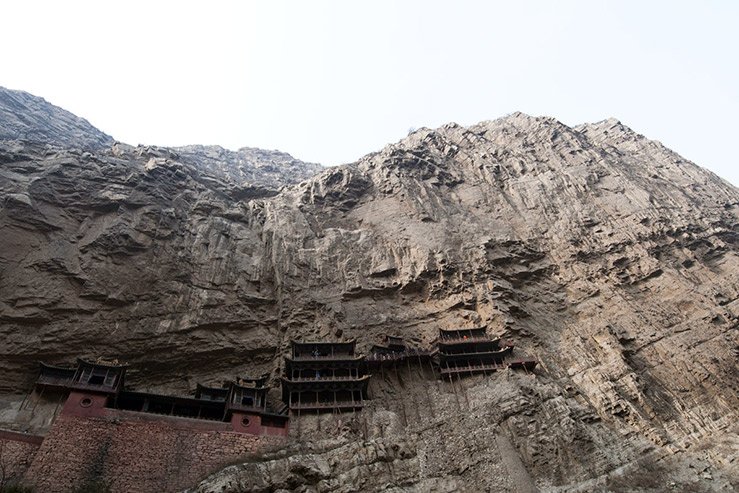
Mount No. 4. West mountain Hua Shan (Hua Shan, Mount Hua or Hua Shan) height 2130м may be of interest not only for lovers of antiquities and of Oriental exoticism, but also for climbers and mountain tourists. They are organized climbing several mountain peaks, with a visit to the location of ancient monasteries, temples and pagodas.
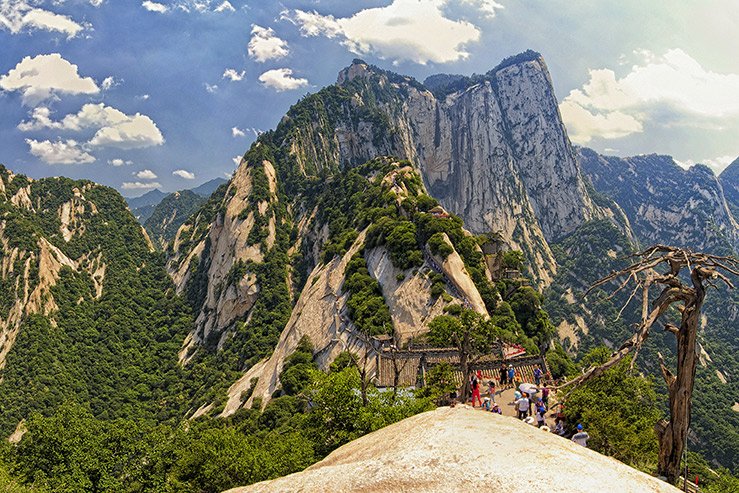
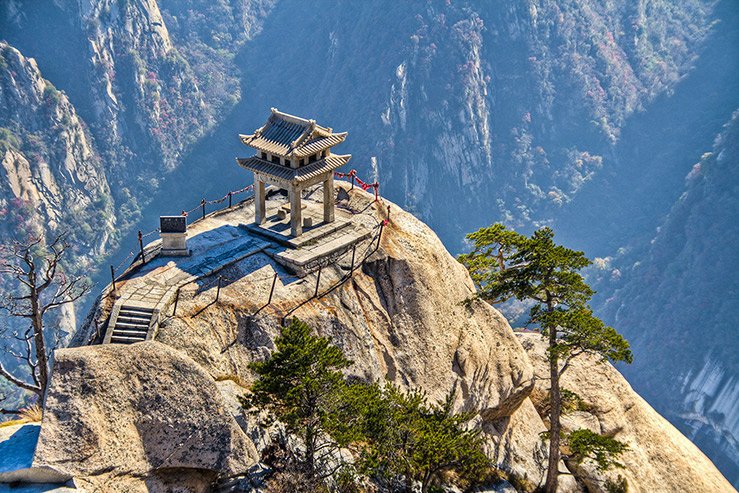
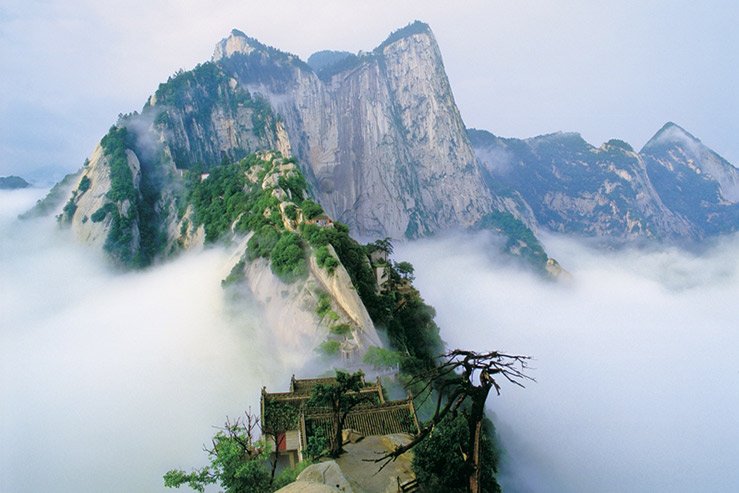
Mountain No. 5. South mountain of Heng Shan (Heng, Mount Heng, or Héng Shān), "Mountain balance", in fact, this mountain chain, consisting of 72 peaks, the largest of them crowned with a Taoist temple reaches a height of 1290м. The chain stretches for 150km surrounded by roads. Located in Hunan province.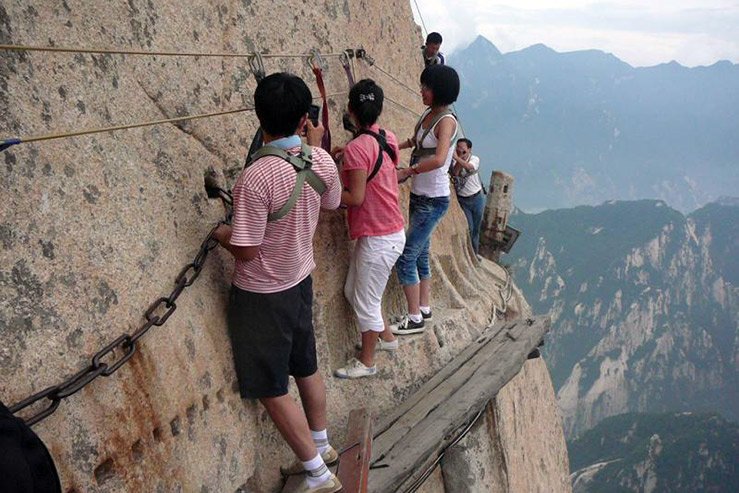
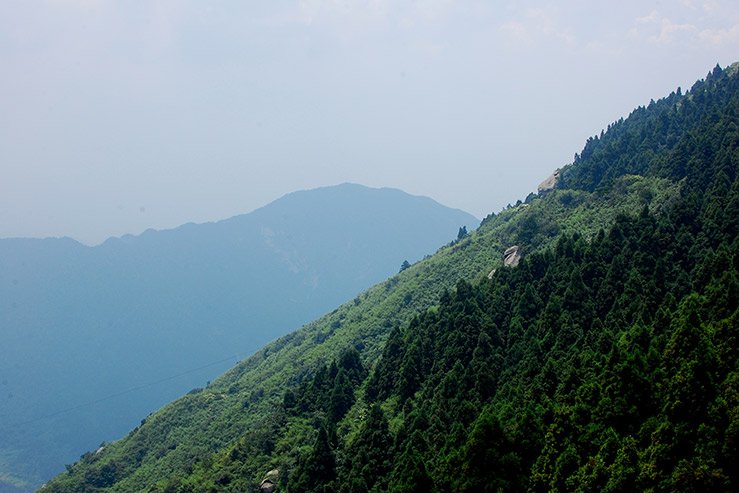

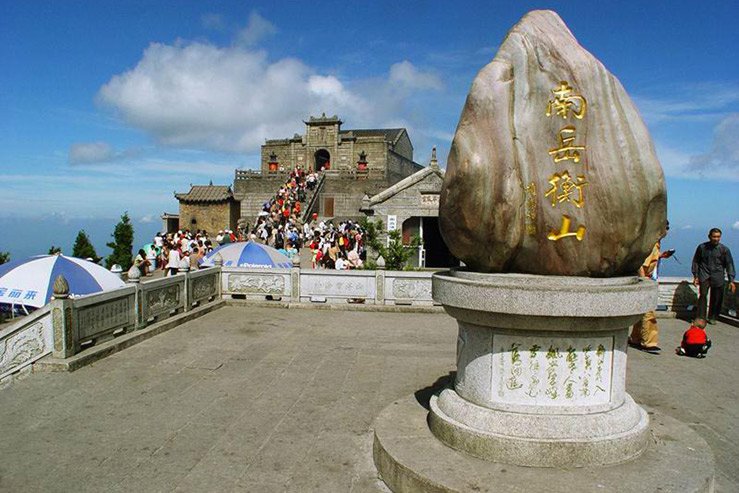
MOUNTAINS OF THE BUDDHA
Buddhism is a religious and philosophical teachings of spiritual awakening, it originated in Ancient India around the fourth century BC, in China, Buddhism became widespread in the first century BC, had long been the official religion. The Buddhists of China worship the sacred four mountains: Putuo Shan, utai-Shan, Emei Shan and Suhoi-Shan.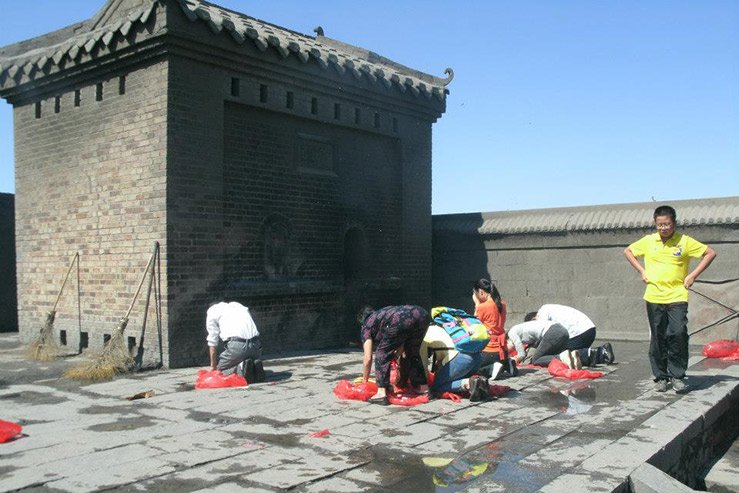
Mountain No. 1. Putuo Shan, Putuoshan, or Mount Putuo Pǔtúo Shān), although it is considered a sacred mountain of the Buddhists, in fact – the island, the highest point of which is 284m. To get here and admire the numerous Buddhist shrines, the natural objects is possible by boat from Shanghai or Ningbo.

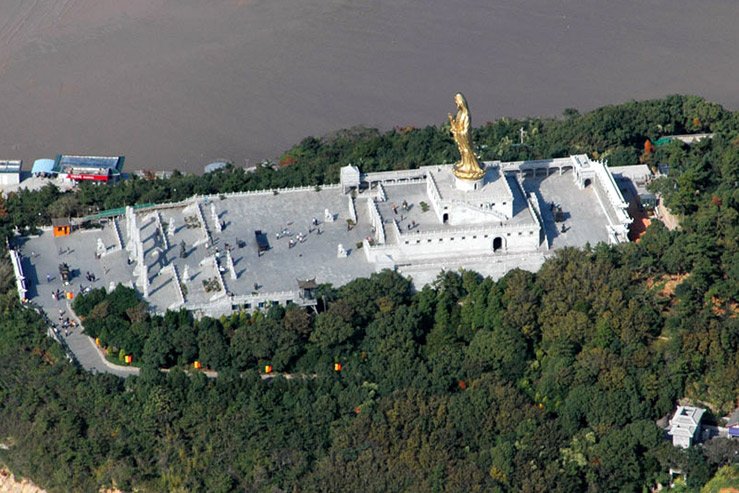

Mountain No. 2. Utai Shan (mount Wutai, Mount Wutai or Wǔtái Shān) is located in 250 km to the South-West of the capital of China – Beijing. Mount utai-Shan, in addition to Buddhist religious objects were preserved the unique monuments of ancient Chinese architecture.



Mountain number 3. Emei Shan (Emei, Mount Emei or Éméi Shān) is a mountain in Central China, in Sichuan province. Here in the I century ad, was built China's first Buddhist temple. Hiking and climbing the mountain height 3077м takes tourists two or three days, but it is possible to use the cableway. Near Amalana is a huge monument of the "Big Buddha Leshana", a UNESCO world heritage site.


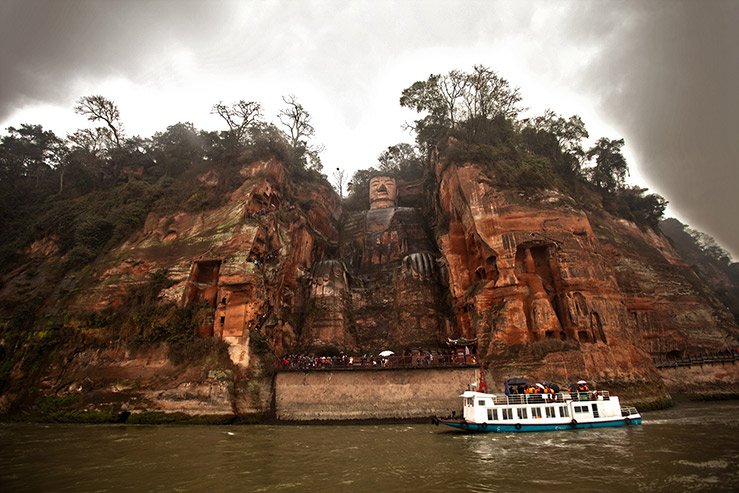
Mount No. 4. Suhua Shan (mount Jiuhua, Mount Jiuhua or Jǐuhuá Shān) is located away from popular tourist routes, rarely visited by tourists. Mountain scenery, Suhua Shan in China are considered the benchmark of natural beauty, here for centuries created many famous Chinese artists.
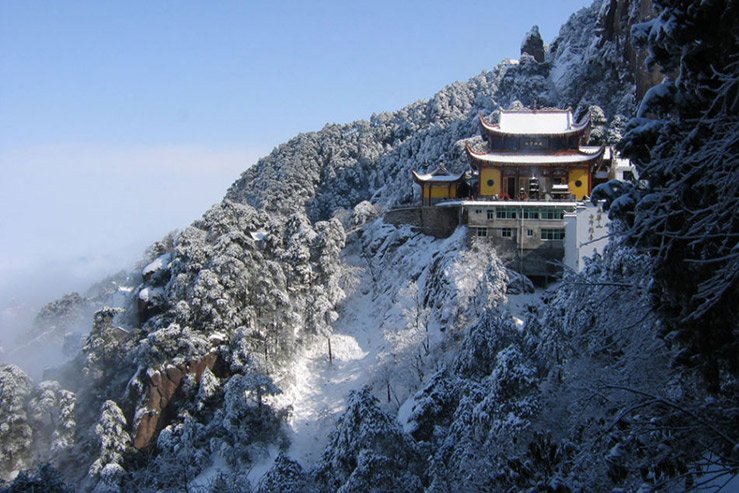
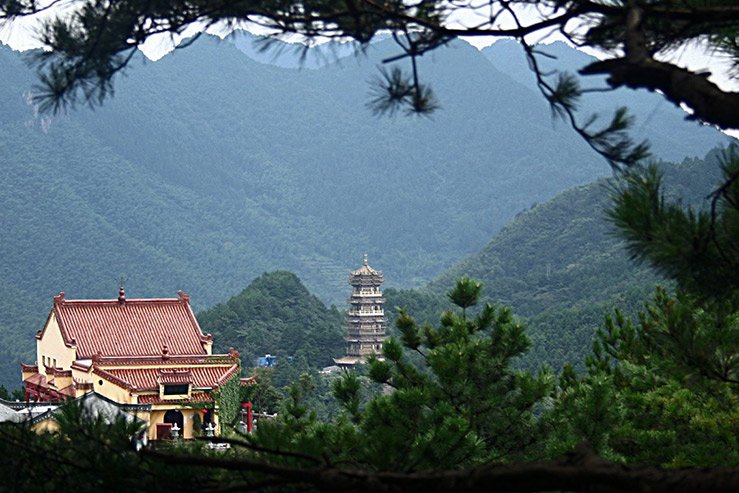
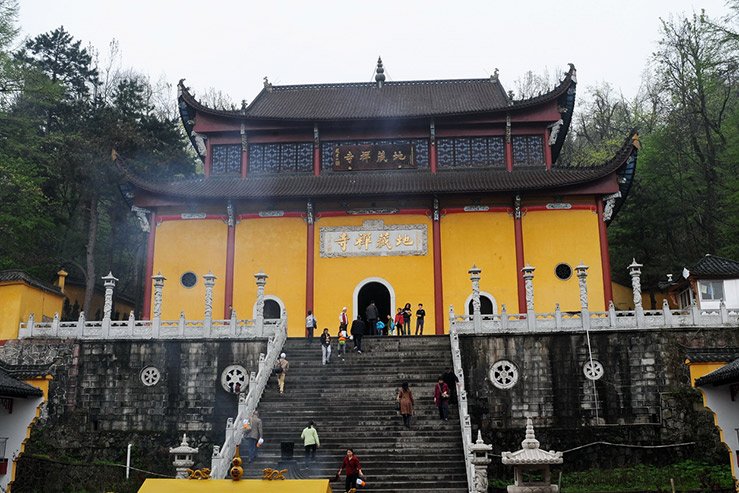
The location map of mountains of China:
red circles — Taoism, purple stars Buddhism.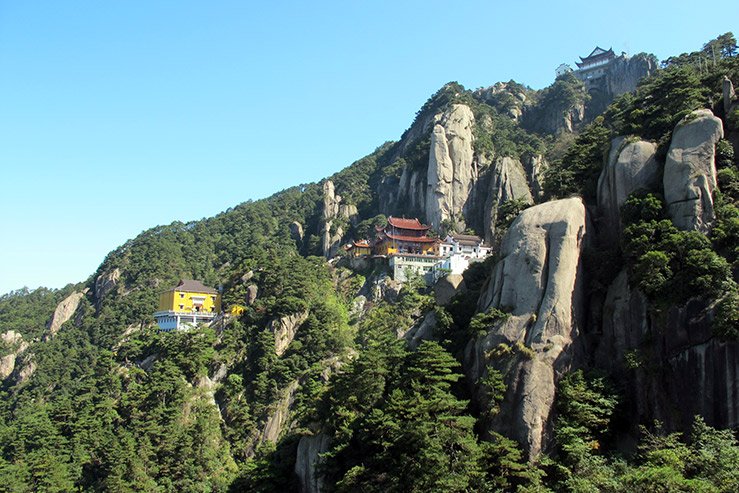

Absolutely awesome post and the pictures are mind-blowing! Thank you so much for the sharing, namaste :)
P.S.: Maybe you'd also like my blog that has been so far mostly about the Canadian Rockies? Check it out: http//steemit.com/@eric-boucher
Enjoy!
hi, could you add some maps, to better understand where they are located.
Now add..
Great piece!
this is a great psot and very interesting. For me however i would have to be content with those nearest the ground, any further up the mountain and its a no no - vertigo kicks in. Shame as I would love to see them.